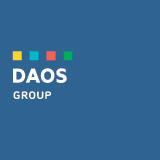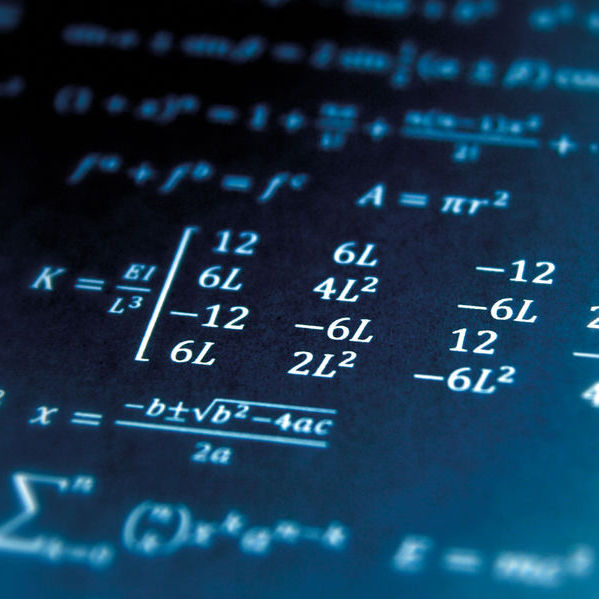Customer: Dacom
Category: Industrial
Summary description: image analysis software.
Type of activity: development of algorithms and image analysis software
Customer brief
The customer patented an innovative anti-counterfeiting labeling technique. The system requires a software capable of comparing a low quality scanned image retrieved from a smartphone, against a pre-existing library of images. The activity that is asked of us is purely that of research and development. We must identify the most ideal algorithm and evaluate the analysis time incurred and the level of robustness, also considering the different surfaces onto which the UnivocalSign labels shall be pasted.
Product description
UnivocalSign is an innovative anti-counterfeiting labeling system. The system is made of a label inside of which are randomly incorporated small fragments of plastic material. Each label is therefore different from the other. The label image is then recorded onto a database of images. The customer who buys a product labeled with this technology will be able to verify its authenticity by using his smartphone and a dedicated app. A simple photo of the label will initiate the recognition process which will certify that that label, with that particular shape, actually corresponds to an authentic product. Otherwise, the system will alert the consumer that he in front of a non-original product, and at the same time the producer will receive information concerning the product’s forgery.
Specification and technological peculiarities
The analysis of the image and its comparison with a library, would in itself be simple activities. However, in this case the tasks are complicated by two factors. Firstly, the picture of the sample to be analyzed is taken by the end user in less than optimal lighting conditions and probably with scarce attention to the quality of the shot. Secondly, the labels may be applied on curved objects (such as a bottle of wine) and this requires a series of preliminary analysis in order to correct any optical distortions, geometrically re-align the image itself and compensate for possible lighting unevenness.

